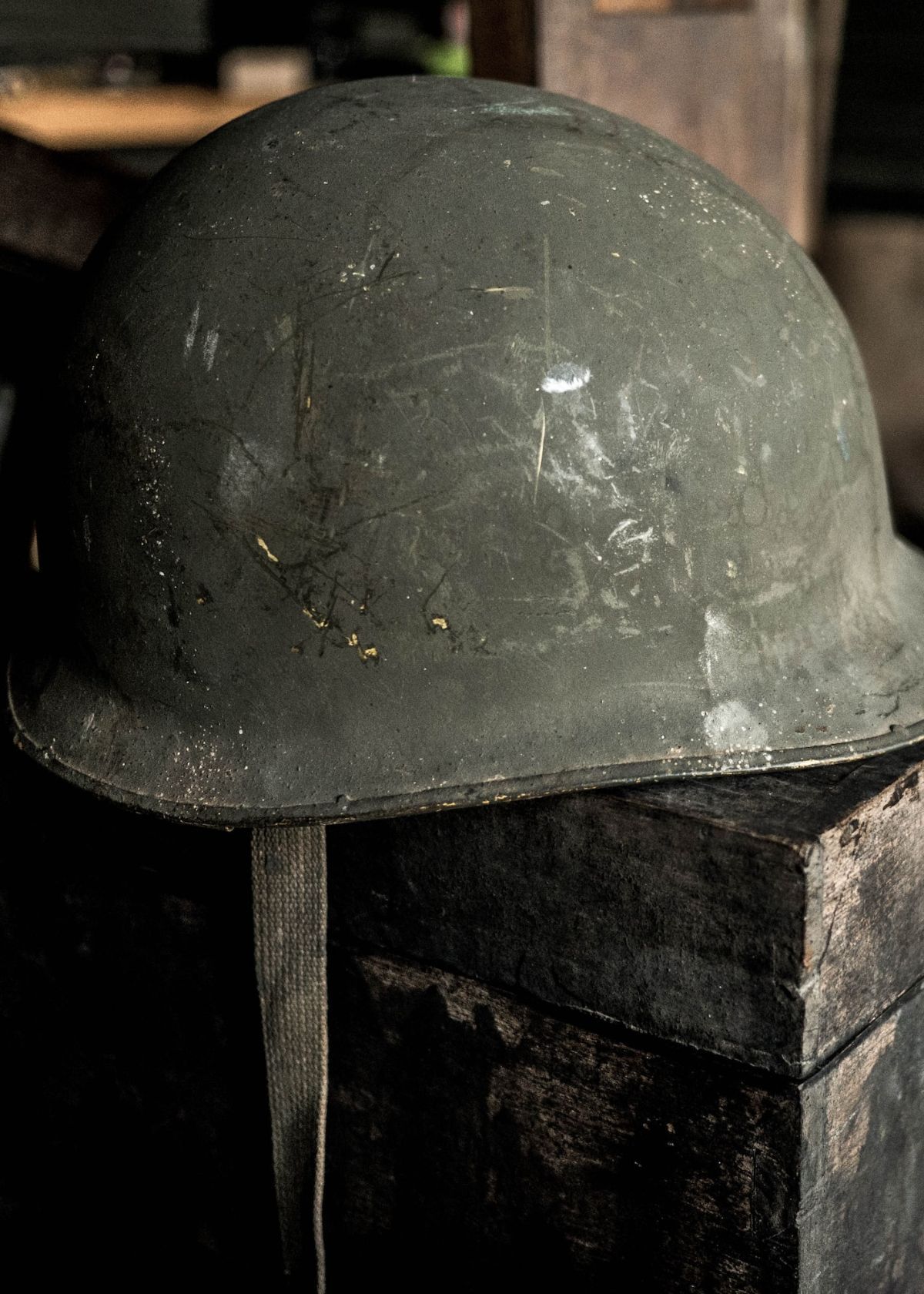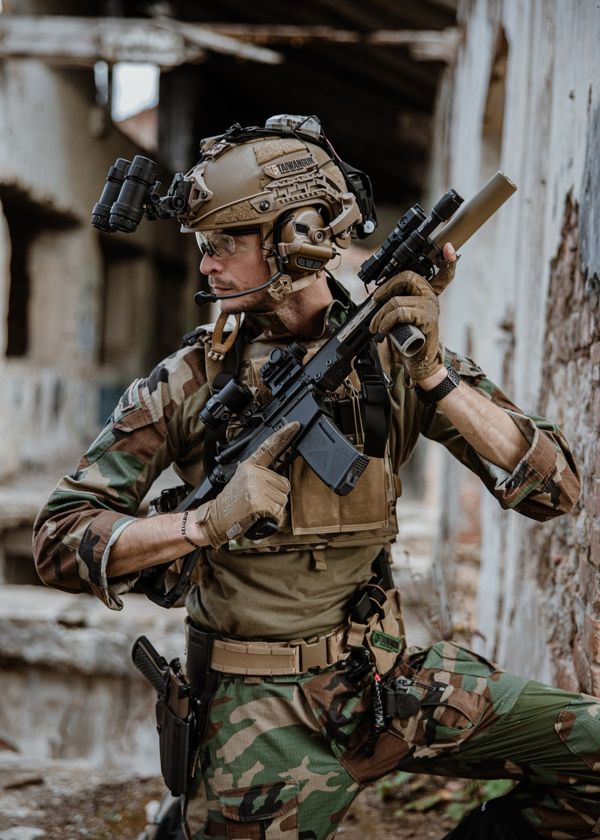Are you feeling a little hard headed?
Let us help guide your head in the right direction! Wearing a hard hat is essential for many jobs and activities. It protects against serious injury or death from falling objects, debris, electrical shock and burns, impact to the head and more. Plus, it just looks really cool too.
Need some extra safety while working without sacrificing style points? No need to look any further than our selection of stylishly designed hard hats that combine form with function.
These designs provide excellent protection without compromising on comfort – they’re lightweight yet durable enough to protect your noggin against any work environment.
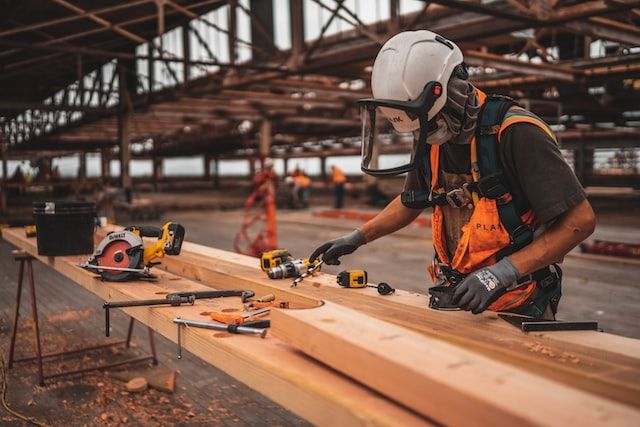

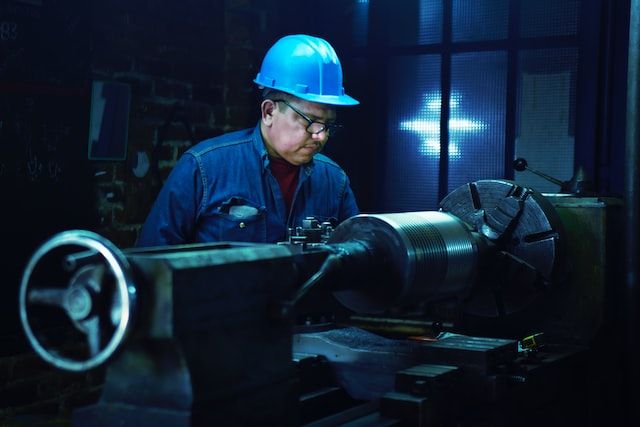
Benefits Of Wearing A Hard Hat
In order to be effective, hard hats, or protective helmets, must be penetration-resistant, shock-absorbent, water- and fire-resistant.
Hard hats must have easy-to-understand instructions provided that explain proper adjustment as well as how to replace the suspension and headband correctly.
Even where there may not be an OSHA requirement to wear head protection, employers may require 100% hard hat use as a company policy. The use of head protection should never be considered a substitute for good safety practices and engineering controls.
Practical Reasons To Wear A Hard Hat
Potential job site hazards that may require head protection:
- Falling, flying or moving objects
- Electrical shock or burns due to contact with exposed electrical conductors
- Environments with low overhead or fixed objects like piping, beams, pallet racks, heavy equipment, or inside confined spaces where a worker has the potential to bump their head
How To Wear A Hard Hat
Wearing a hard hat correctly is essential for protecting your head on the job site. Here are the steps to make sure you’re wearing it correctly:
- Place the hard hat on your head so that the brim of the hat is level with your eyebrows.
- Adjust the inner band to fit snugly around your head. Be sure there's no space between your head and band for maximum protection.
- Fasten the adjustable straps under your chin so that it fits comfortably but securely in place.
- Make sure that the hard hat is not obstructing any vision and it should sit slightly above your ears, not covering them fully.
- Lastly, double-check to make sure all of these steps are completed before setting out to work with hard hat on!

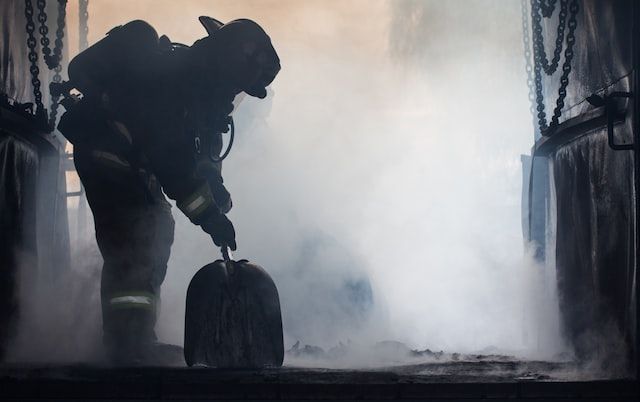
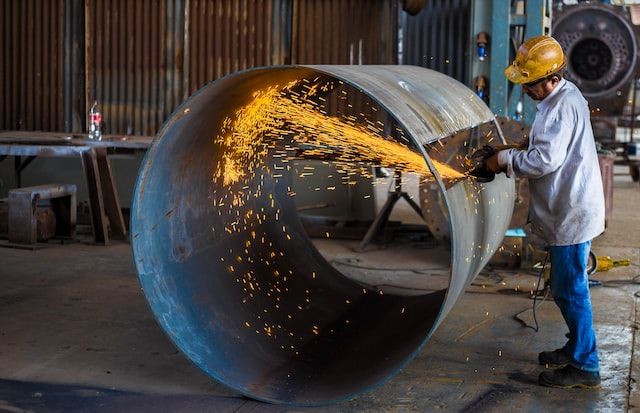
Hard Hats FAQs
Hard hats are an important safety precaution, but can be confusing to wear.
You've probably seen people wearing hard hats at construction sites and other worksites, but you may not know how to wear one properly.
We're here to help! This article will answer all of your questions about how to wear a hard hat safely and comfortably.
What type of hard hat do I need?
The type of hard hat you need depends on the environment in which it will be used. For general construction sites, a Type 1 hard hat is recommended as it provides a greater level of impact protection than Types 2 and 3.
For electrical work, a Type 2 or 3 is recommended due to the increased protection they provide against electric shock. Additionally, you should ensure that the hard hat meets or exceed all relevant safety standards in your region to ensure maximum protection.
Are hard hats required by OSHA?
Yes, hard hats are required by OSHA. According to OSHA standards, employers must provide workers with head protection whenever there is a potential for objects falling from above, or if the worker may come into contact with exposed electric wires.
Hard hats must also be worn in areas where there is a risk of head injury from impact or penetration from above, such as construction sites and warehouses.
To meet OSHA requirements, hard hats must meet ANSI/ISEA Z89.1-2009 (American National Standards Institute/International Safety Equipment Association) specifications and be inspected regularly for signs of wear and damage.
How often should I inspect my hard hat?
Ideally, you should inspect your hard hat regularly to ensure that it is still in good condition and able to protect you. It is recommended that you inspect your hard hat at least once a month and after any incident or exposure to potentially damaging elements such as sunlight, chemicals, or extreme temperatures.
Make sure to check for any signs of wear and tear, cracks, dents, or deformation, as well as any signs of damage from impacts or other sources. You should also replace your hard hat if it has been damaged or if the manufacturer recommends doing so based on its age.
How do I know if my hard hat is compliant with safety regulations?
To know if your hard hat is compliant with safety regulations, you need to make sure it meets the specific requirements for the type of work environment you are in.
Generally speaking, hard hats must be ANSI/ISEA Z89.1 certified, which means they have undergone rigorous testing and meet the latest standards for impact resistance and voltage protection. Additionally, hard hats should include labels indicating their compliance ratings, such as Type I or Type II.
If a hard hat does not have a certification label or you are uncertain about its rating, it is best to contact the manufacturer or a qualified professional to ensure that it meets applicable safety regulations.
What materials are used to make hard hats?
Hard hats are protective headgear typically made from materials such as plastic, fiberglass, carbon fiber, Kevlar, or thermoplastics. These materials are designed to be lightweight and durable, allowing for extended wear without compromising protection and comfort.
Hard hats also often contain additional features such as adjustable straps and air vents. Some hard hats may also include additional components such as face shields or ear muffs to further protect the wearer's head.
Wearing a hard hat correctly is essential for protecting your head on the job site. Taking the time to ensure that your hard hat fits securely and comfortably, is compliant with safety regulations, and is inspected regularly helps to ensure your safety while on the job.
Whether you're working in construction, manufacturing, or any other area that requires protective headwear, understanding how to properly wear a hard hat will help keep you and your coworkers safe.
We've done the research so you don't have to! To browse our Top Picks for Best Hard Hat Lights please click the link below!
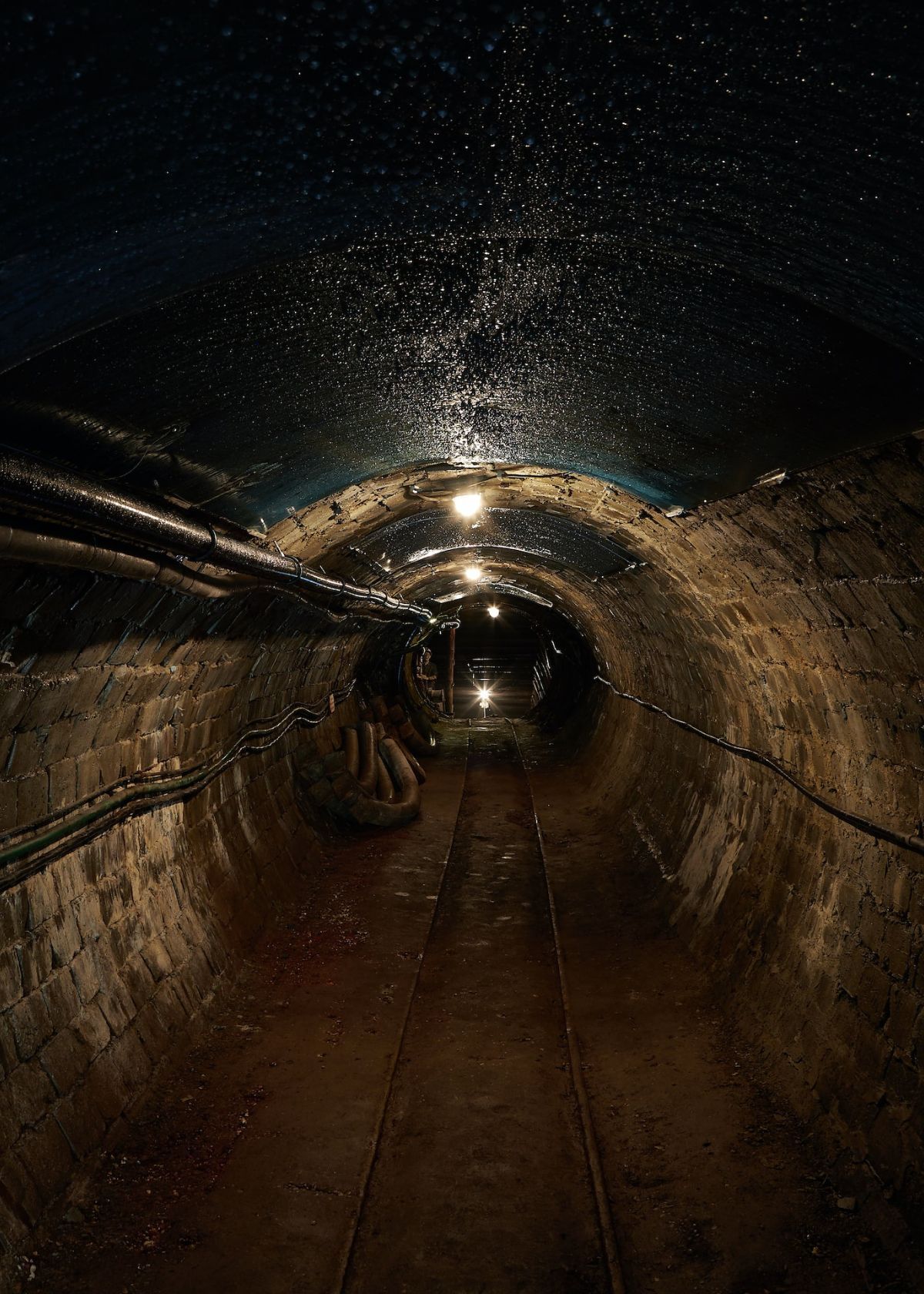
Your Friends,
LoveNatureReviews Team


